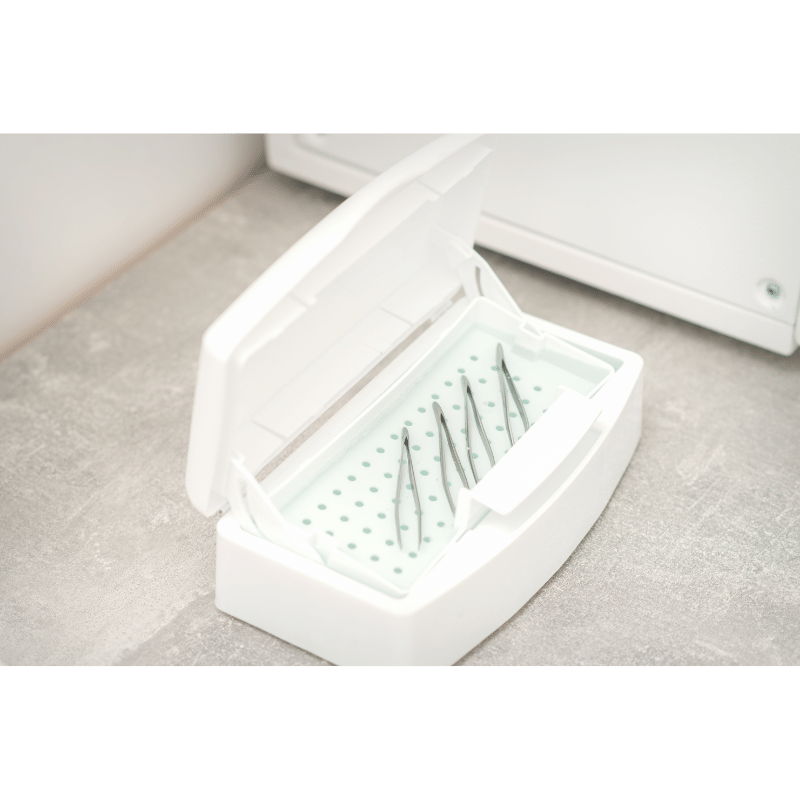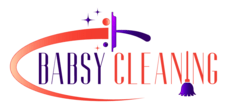Ultrasonic cleaner
Ultrasonic cleaners are powerful devices that use high-frequency sound waves to remove dirt and contaminants from various objects. These cleaners can remove even the hardest and toughest dirt. Making them an essential tool in many industries and households. Perfect solutions for intensive cleaning and you can use them for cleaning commercial jewelry. Dual-wave frequency technology can generate millions of microscopic sounds. But humans cannot hear them. In this post, you can see how the ultrasonic cleaner works and how transducer technology relates to ultrasonic cleaning. We will also discuss and list the services you can use them for. Cleaning solutions, cleaning processes, and cleaning applications, among others.
How ultrasonic cleaners work
- To convert electrical energy into high-frequency sound waves, ultrasonic cleaners employ transducer technology.
- The transducer generates sound waves that create millions of tiny bubbles in the cleaning solution.
- The rapid collapse of these bubbles causes cavitation, which results in intense scrubbing action.
So, what is the meaning of transducer technology? It is a conversion of energy from one form to another is achieved using sensors in transducer technology. Aviation, automotive, medical, and industrial applications are just a few of the industries where this technology is used. These industries use it to measure, monitor, and regulate operations. Since its inception, transducer technology has progressed and various professionals are now using it in different applications.
The start of transducer technology
In the late 19th century, scientists were conducting experiments with electricity and magnetism. An electrical current passing through wire coils could either induce or release magnetic fields, as discovered by Michael Faraday, an English scientist in 1832. This marked the beginning of transducer technology. As the technology has evolved. The transducers have become more accurate and reliable, making them suitable for use in many different industries.
While the list of transducer technology advantages includes.
- Increasing the efficiency of processes by replacing manual labour and eliminating errors.
- Converting one form of energy to another in a much quicker manner.
- Monitoring and control various processes and minimize potential errors due to human error
- Saving businesses time and money, while helping them maintain a competitive edge
- Lowering power consumption is als a major benefit of transducer technology. And it can conserve energy and reduce utility bills.
In the next lists, we will discuss the disadvantages of transducer technology in depth.
Transducer technology: the disadvantage of supersonic cleaning
- Ultrasonic cleaning's upfront cost is one of the most significant drawbacks for many businesses. An ultrasonic cleaner is not the only thing businesses should invest in. But they also need to cover the costs of installation. The cost of this can be significant and hinder some organizations from using the technology in an effective way.
- Limited Cleaning: Ultrasonic cleaners are limited in the range of items they can clean effectively. Items with complex designs or sensitive materials are in this category that may be damaged by the ultrasonic cleaner.
- Regular maintenance and cleaning of ultrasonic cleaners are necessary to maintain their efficiency. Checking the cleaning solution's dilution rate and draining it when necessary is part of this process.
Exposure to dangerous chemical, long cleaning cycle, and waste disposal disadvantages
- Ultrasonic cleaners use chemical-based cleaning solutions that pose a danger. Employees may come into contact with these chemicals when using the cleaner. It is crucial to take safety precautions.
- Controlling the cleaning process is difficult due to the high-frequency sound waves produced by ultrasonic cleaners. This applies to large items that may require multiple passes.
- Even after a long cleaning cycle, ultrasonic cleaners may not always be effective in eradicating contaminants. The efficacy of the process can be reduced by the presence of some contaminants after cleaning.
- Waste disposal: Disposal of cleaning solutions used in ultrasonic cleaners may be challenging due to their chemical composition. Special procedures may be necessary to dispose of liquid waste safely and securely, which is what this means.
Cleaning solution
- Ultrasonic cleaning is becoming a popular cleaning method because of its effectiveness and efficiency. Using high-frequency sound waves, ultrasonic cleaning can penetrate complex rooms and remove contaminants that are hard to access. To achieve optimal results, it is crucial to use the correct cleaning solution.
- The cleaning solution contains a mixture of water and a specific cleaning agent. This makes it easier to clean up dirt, grease and other contaminants. There are a variety of cleaning chemicals that you can use for different cleaning purposes. In the medical or food preparation industries, people use surfactants for cleaning. While alkalis are used for general cleaning purposes.
- Ensure that the cleaning solution is effective before, during, and after the cleaning process. To prevent clogging, change the solution on a regular basis and check the contents of the ultrasonic cleaner to ensure that it is free of any residue. The cleaning solutions you use also must adapt to the materials you want to clean.
- Using the right cleaning solutions and taking the necessary precautions allows for an effective and thorough ultrasonic cleaner each time. The cleaning solution gives you the boost you need to achieve a spotless finish as the ultrasound waves break down and loosen dirt, grease, and other contaminants.
Cleaning process
- Items for cleaning are placed in a container filled with the cleaning solution.
- The ultrasonic cleaner is switched on, and the transducer begins to generate high-frequency sound waves.
- The surface of objects is scrubbed by cavitation bubbles generated by the sound waves, removing dirt and contaminants.
- It's not uncommon for the cleaning process to be quick and efficient, taking only a few minutes to achieve excellent results.
- Ultrasonic cleaners are versatile tools that you can use for a variety of tasks, including jewelry like rings, necklaces, and bracelets. It is one of the popular applications for ultrasonic cleaners.
- High-frequency sound waves are used to create cavitation bubbles in liquids when it comes to clean surfaces.
- These cleaners can remove dirt and other debris from delicate jewelry without damaging the pieces.
- Ultrasonic cleaners are also capable of removing tarnish from silver and other metals.
- To use an ultrasonic cleaner for the cleaning of jewelry, add water and mild detergent to the appliance and place the jewelry in the basket.
- The intense scrubbing action of the cavitation bubbles can remove dirt, oils, and tarnish from jewelry, restoring their shine and luster.
- Your jewelry will be sparkling clean in just a few minutes thanks to the cleaners doing the rest.
Medical and Dental Instrument Cleaning

The healthcare professionals use ultrasonic cleaners in medical and dental facilities to clean instruments. The sterility of surgical instruments can ensure eliminating blood, tissue, and other contaminants through the powerful cleansing action of ultrasound waves. In healthcare settings, ultrasonic cleaners are essential tools for maintaining hygiene and controlling infections.
- Ultrasonic cleaners are effective in cleaning automotive parts like carburetors, fuel injectors, and engine components.
- The cavitation bubbles can reach into small crevices and remove grease, dirt, and carbon deposits, which improves the parts' performance and longevity.
- Ultrasonic cleaners are excellent for cleaning automotive parts like carburetors, fuel injectors, and engine components.
- The cavitation bubbles have the ability to reach into small crevices and remove dirt, grease, and carbon deposits, which improves the parts' performance and longevity.
Supersonic cleaning solutions with a perfect dirt removal solution
Talking about the superiority of an ultrasonic cleaning machine which is perfect for dirt removal. Ultrasonic cleaners are incredible devices that can remove the worst dirt and contaminants with ease. Their powerful cleaning action and versatility make them indispensable in various industries and households. Whether it's jewelry, medical instruments, automotive parts, or electronics, ultrasonic cleaners can provide a deep and thorough clean that is beyond imagination.
